Chalk Creek near Fillmore has many interesting things to see. Your first stop should be at the Fillmore Office Interpretive where some of the glyphs have been moved.

The sign located around the back of the building reads:
“Chalk Creek Hieroglyphics
These unusual symbols were found in 1939 by two prospectors, Clifford Purcell and Rube Melville of Fillmore. Mr. Purcell originally described the writings as; “…four rows kinda like picture writing, full of lichen, full of green stuff.”
This first paragraph is referring to a panel still located up Chalk Creek Canyon. The image below is how the panel looked a few years ago when I visited the panel. You can see the four rows of “picture writing”, but the lichen and “green stuff” have long since been scraped off, and the panel has been re-traced and re-scraped multiple times by visitors to make the old inscription more visible. I wish I could have inspected it in its original condition.


The panel is located above this little cave. It doesn’t appear t0 be caved in or show any evidence that it has ever gone further than what it currently is, but it could easily have been an old tomb or some sacred site anciently.
George Thomspon also included a picture of this panel in his book Faded Footprints pg. 7, but he states it is located in Clear Creek Canyon. Again, here is additional evidence not to trust everything you read.

The rest of the plaque at the Fillmore Interpretive Office reads:
“The boulder you are looking at, locally referred to as the “Signature Rock” fell from its original location in Chalk Creek Canyon in 1965. Panels with similar symbols have been found throughout the Great Basin and as far west as the coast of California.”

If you look closely, you will see the two symbols on the “Signature Rock”. One is a Yin Yang and the other is something we do not recognize.

The Yin Yang symbol is a very ancient one and has a lot of different possible meanings and origins. You can read more about it here.

This is a close up of the second symbol.
The Plaque continues:
“Who were the people that left these writings? They do not appear to be American Indian and archeologists are at a complete loss to identify the people or their culture that left these mysterious carvings in rock.”
While these symbols are a mystery, Steve Shaffer has some good insights as to what these symbols could possibly mean in his book Treasures of the Ancients.
A little lower in the canyon is this “Map Rock”. This is more clearly of Native American origins but could have many possible meanings. A popular theory is that it is a map of the canyon and leads to different mine locations or sacred sites.

While exploring the area around these symbols, we found an old rocked up trail. Someone long ago built this rock wall to shore up this old trail. We tried following it but lost the trail a little further up canyon.

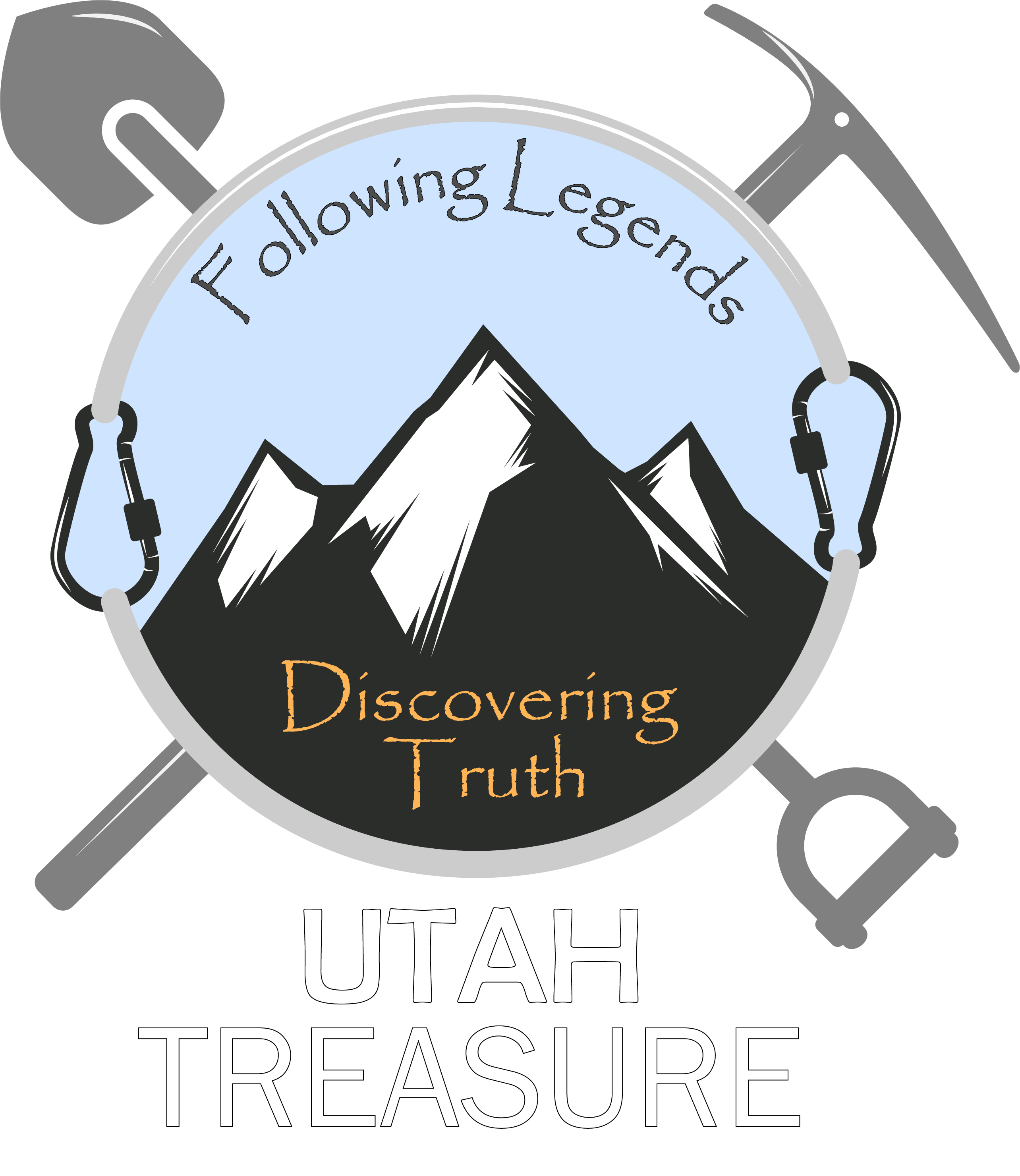
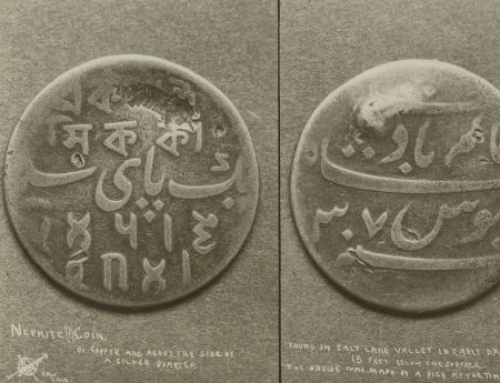
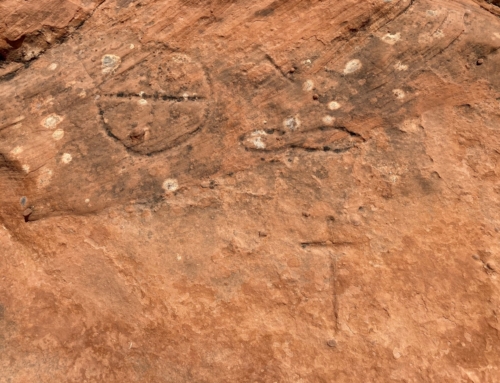
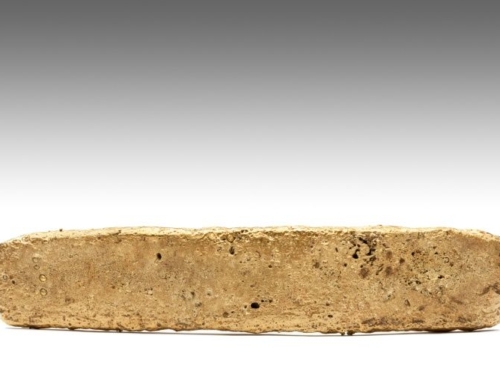
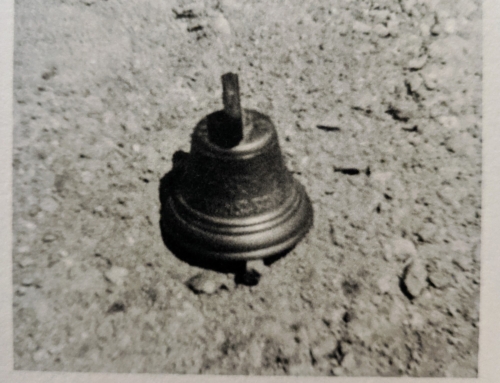
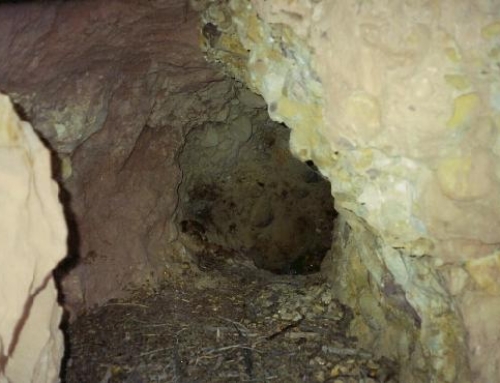
Leave A Comment